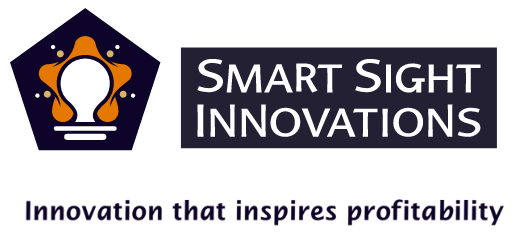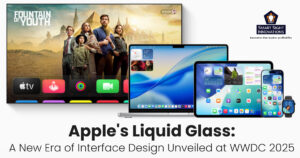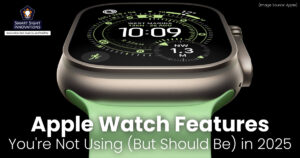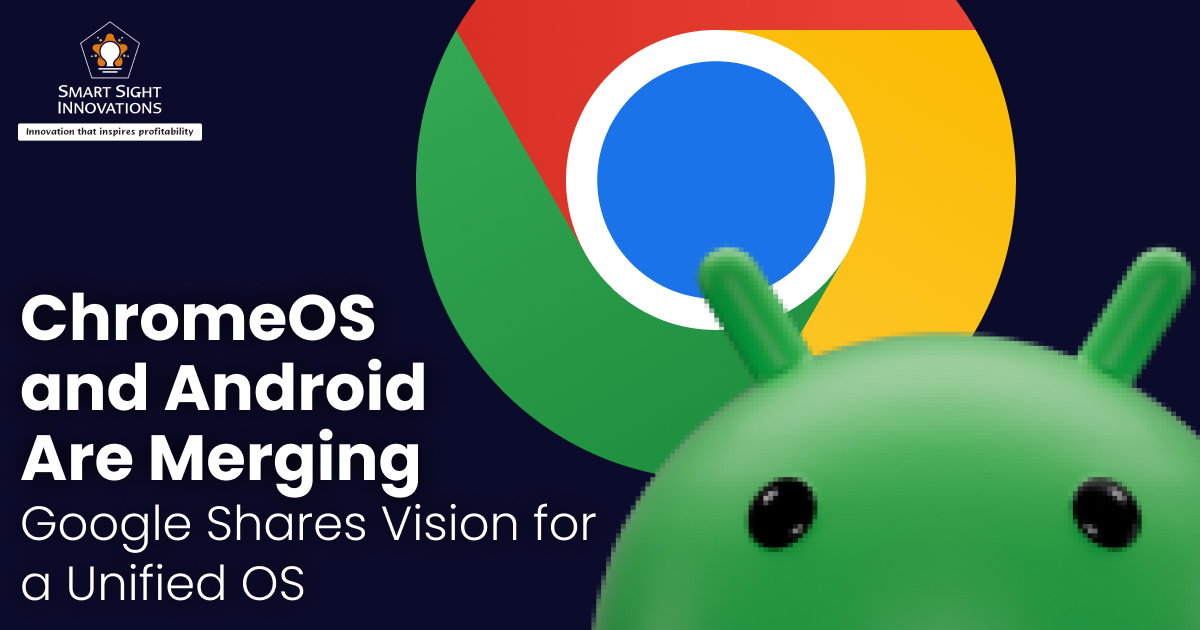
For years, Android and ChromeOS have powered two distinct experiences, Android on smartphones and tablets, and ChromeOS on lightweight laptops. While both evolved in parallel, recent updates blurred the lines between them, with Android gaining desktop-like features and Chromebooks supporting mobile apps. Now, Google has confirmed that Android and ChromeOS will merge into a single unified platform.
This move aims to deliver a seamless, cross-device experience across phones, tablets, and laptops. By combining the strengths of both systems, Google is building a future where apps, features, and devices work together effortlessly, redefining what it means to compute across screens.
The 2024 Speculation

(Image Source: ChromeOS)
Back in late 2024, there were strong rumors suggesting that Google was planning to merge ChromeOS with Android. At the time, many assumed it might just be a tighter integration between the two. However, the latest announcement confirms something much more ambitious; a full-fledged unification of the two platforms.
Official Word
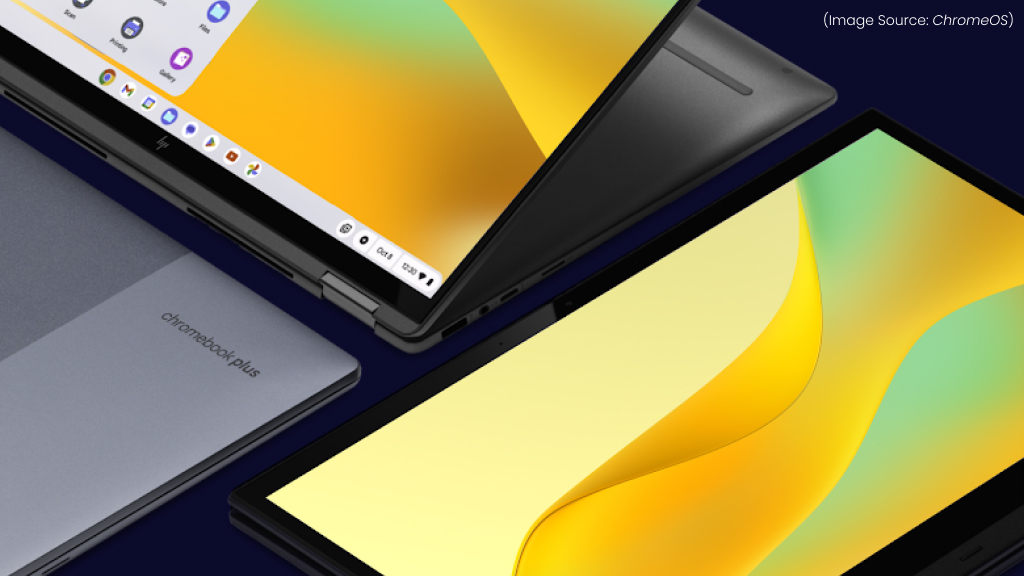
(Image Source: ChromeOS)
Sameer Samat, the President of the Android Ecosystem at Google, recently stated that Google is “going to be combining ChromeOS and Android into a single platform.” This doesn’t mean ChromeOS will vanish overnight, but the company is clearly setting the groundwork for a future where Google devices, from phones and tablets to laptops, run on the same core system.
This unification is aimed at simplifying the development process, offering a consistent user experience, and enabling more powerful cross-device capabilities.
A Better Cross-Device Experience
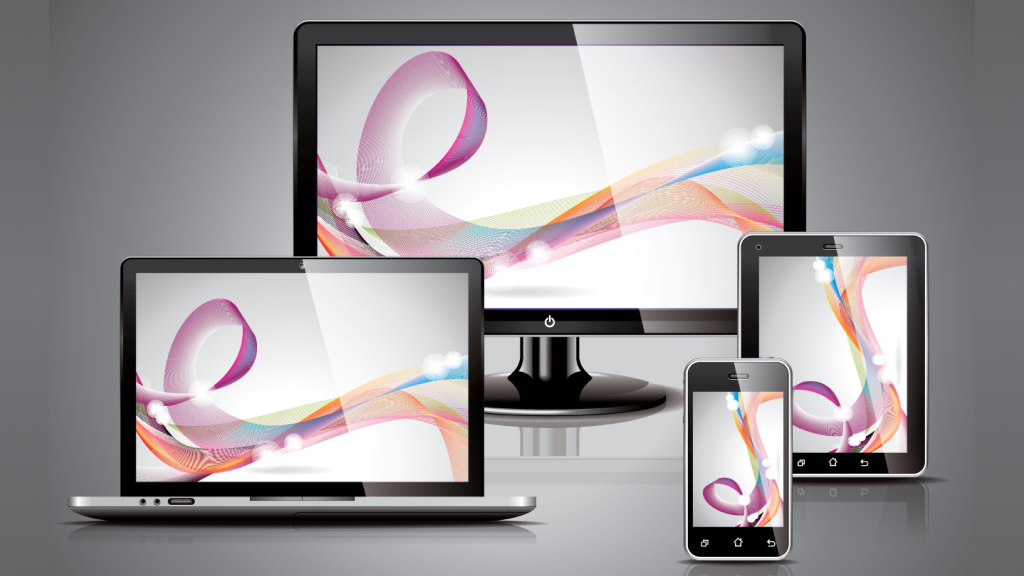
One of the core motivations behind Google’s decision to merge ChromeOS and Android is to deliver a seamless cross-device experience that truly unifies the ecosystem. Today, while Android phones and Chromebooks can communicate to a certain extent, such as sharing files, syncing notifications, or unlocking a Chromebook with a phone, the experience often feels limited and fragmented.
With a unified platform, Google envisions a world where phones, tablets, and laptops operate as one cohesive system. Apps will run natively across devices with consistent performance and UI behavior, reducing the need for separate versions. Users will be able to start a task on one device and continue it on another without interruptions. Features like universal copy-paste, synced app states, and cross-device drag-and-drop could become standard.
The integration will also enable deeper pairing between Android phones and Chromebooks, offering faster setup, shared messaging, and streamlined app continuity. In essence, this merger is designed to break down the silos between device categories, similar to Apple’s ecosystem. It’s a future where Google’s hardware and software finally speak the same language, regardless of form factor.
Chromebooks Could Soon Run a Unified OS
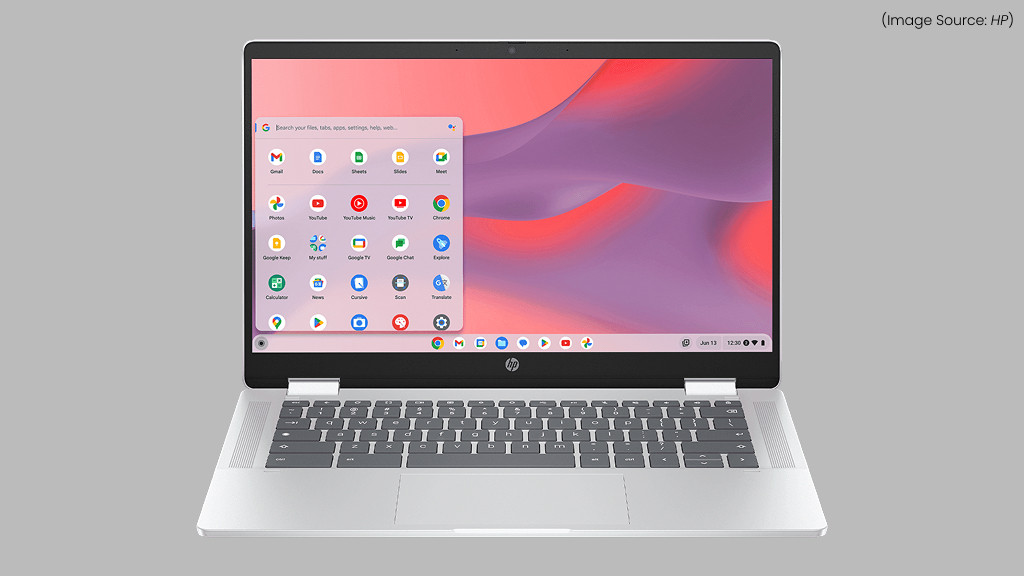
(Image Source: HP)
As Google moves forward with merging Android and ChromeOS into a single operating system, future Chromebooks are expected to ship with this unified platform. While modern Chromebooks already support many Android apps through the Google Play Store, users often encounter inconsistencies in app behavior, scaling, or performance due to the cross-compatibility layer.
With a true unified OS, apps would run natively and fluidly, optimized for both laptop hardware and larger screens. This convergence also paves the way for deeper Android phone integration, from faster setup and syncing, to shared state and cross-device continuity in apps.
As a result, we have Chromebooks that feel more like powerful Android tablets upgraded for productivity, but built expressly for laptop use. In essence, this shift redefines what Chromebook devices can do, and signals a new era where form factor matters less in how you experience software.
Android is Already Becoming More Desktop-Like
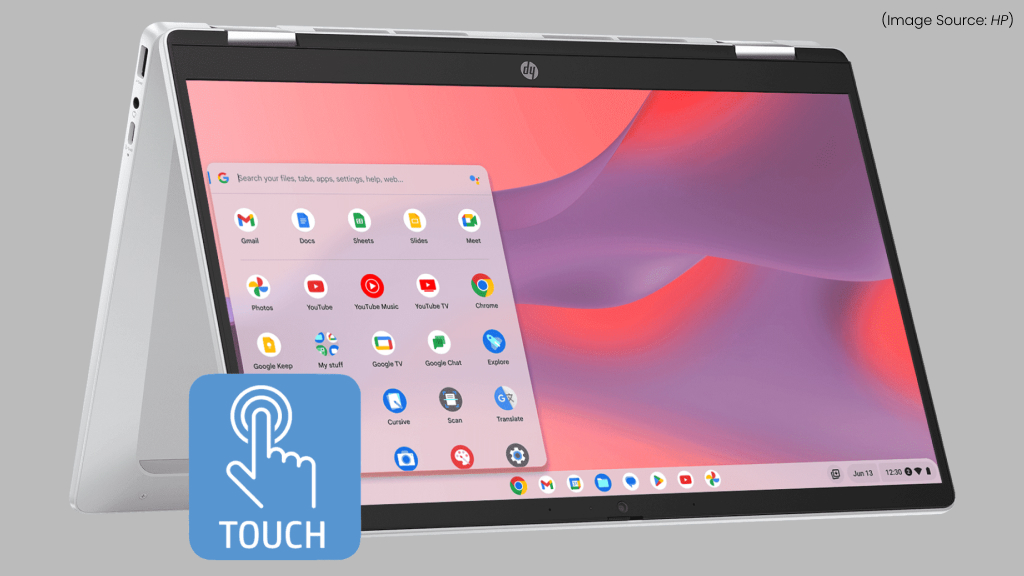
(Image Source: HP)
Over the past few years, Android has steadily evolved to include more desktop-like features, signaling Google’s long-term vision of a cross-device platform. Features such as multi-window support, resizable app windows, taskbars, drag-and-drop functionality, and improved keyboard and mouse input have made Android feel increasingly capable on larger screens. These enhancements are especially evident on foldables and tablets, where multitasking and productivity are key.
With Android 14 and 15, Google further refined the user interface for bigger displays, introducing adaptive layouts and improved app continuity. These updates make Android more suitable not just for phones, but also for hybrid devices like tablets and future laptops.
The platform now feels less like a purely mobile OS and more like a versatile system that can scale across devices. All of this sets the stage for the upcoming unified OS, blending the familiarity of Android with the productivity of ChromeOS in a seamless desktop-like experience.
Tablets Will Also Benefit from the Merge
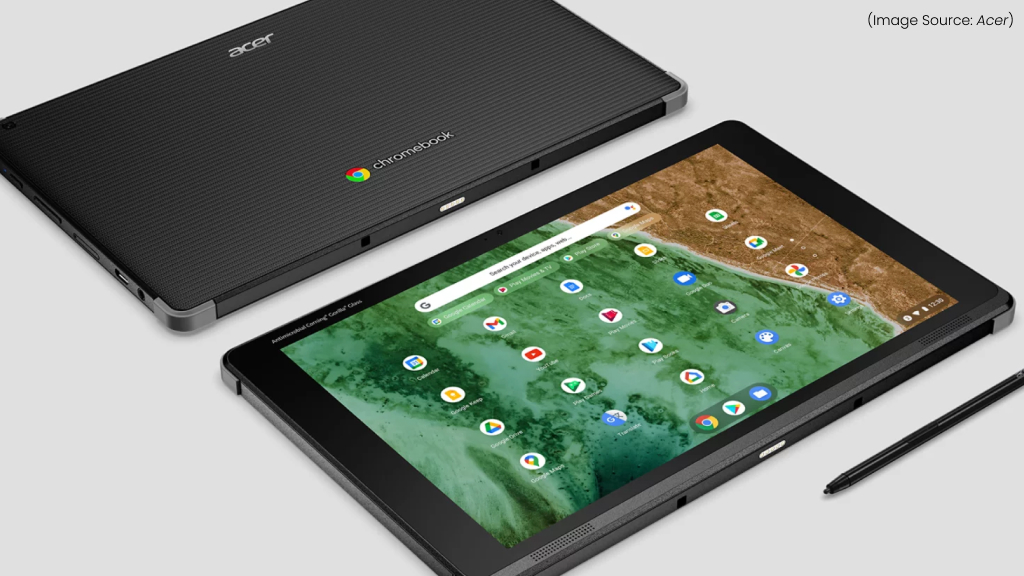
(Image Source: Acer)
Tablets are expected to be one of the biggest beneficiaries of Google’s plan to merge ChromeOS and Android. Historically, Android tablets have struggled to match the desktop-like functionality and productivity offered by competitors like the iPad or Windows 2-in-1s. But with a unified operating system, tablets could finally deliver a true hybrid experience, combining the versatility of Android apps with the multitasking power of ChromeOS.
The merger promises improved support for multi-window usage, desktop-style interfaces, better keyboard and trackpad integration, and optimized apps that scale fluidly across screen sizes. This could make Android tablets far more capable for productivity, creative tasks, and education.
Combined with deeper integration with Android phones and Chromebooks, tablets will no longer feel like an afterthought, they’ll be central to Google’s unified ecosystem, offering both entertainment and work capabilities in a single, adaptive device. For users and developers alike, it’s a major leap forward.
What Do People Think of Google’s Plan?
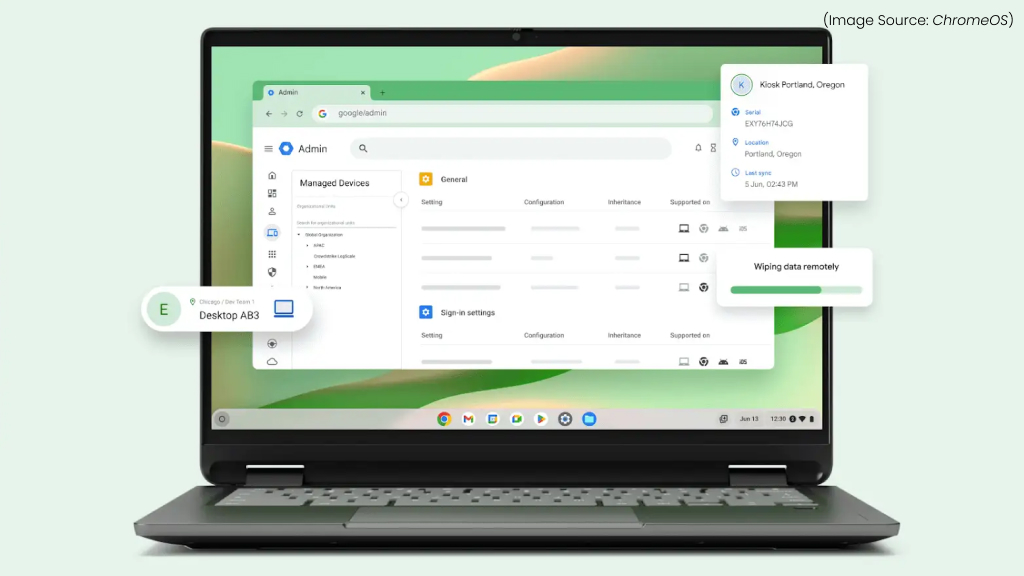
(Image Source: ChromeOS)
The tech community has responded with cautious optimism. On one hand, there’s excitement around the potential of a more consistent experience across all devices. Developers, in particular, are likely to welcome the move, as it simplifies the process of building apps that work across form factors.
However, some users and critics are wary. There are concerns that a merged OS might lose the simplicity that made Chromebooks appealing in the first place, or that Android might become too bloated in trying to handle desktop-class tasks. There’s also the question of whether older devices will support the new platform or be left behind.
Still, most agree that this is a bold step in the right direction, one that aligns with broader industry trends toward ecosystem unification and seamless digital experiences.
Google’s decision to merge ChromeOS and Android into a single platform marks the beginning of a new era in computing. While there are still many details to be revealed, such as what the unified OS will be called, when it will fully roll out, and how it will be supported, this vision of a cross-device, cross-form-factor experience is one that many users have long wished for.
If done right, Google could finally offer a true competitor to Apple’s seamless ecosystem, making it easier than ever to move between phone, tablet, and laptop in a truly unified way.
